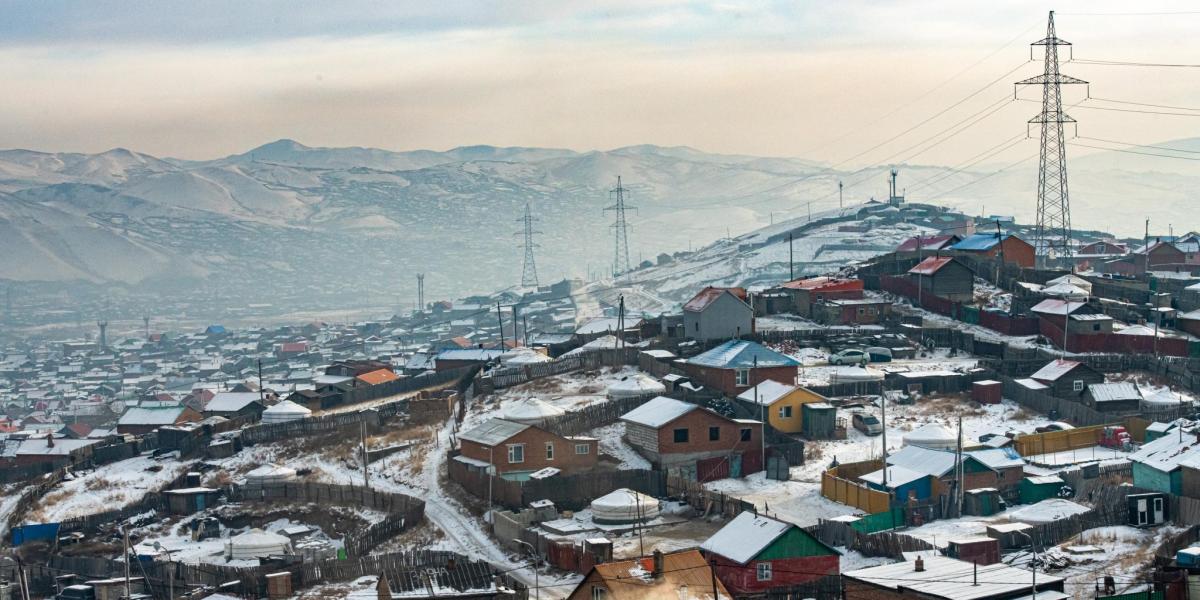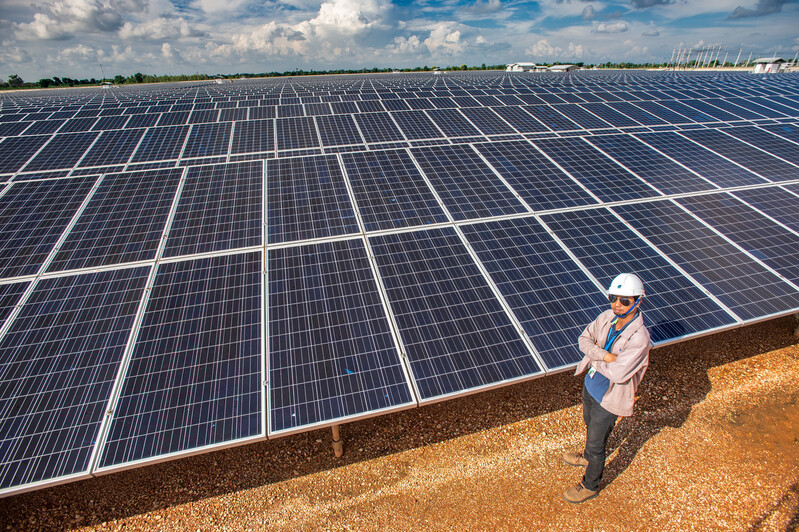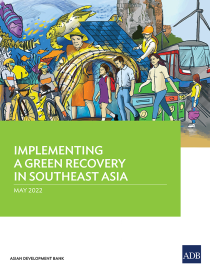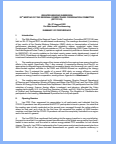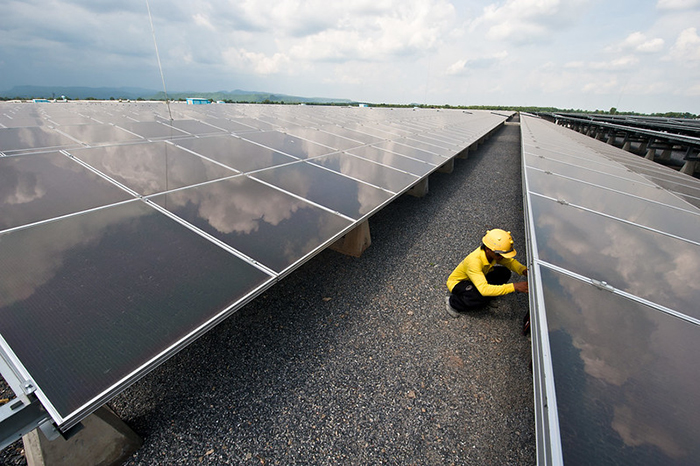Post-Pandemic, Asia is Falling Short on Electricity Access and Switch to Renewables
Despite welcome progress on universal access to electricity, the transition to renewable energy is faltering at a time when multiple shocks are hitting Asia and the Pacific hard.

